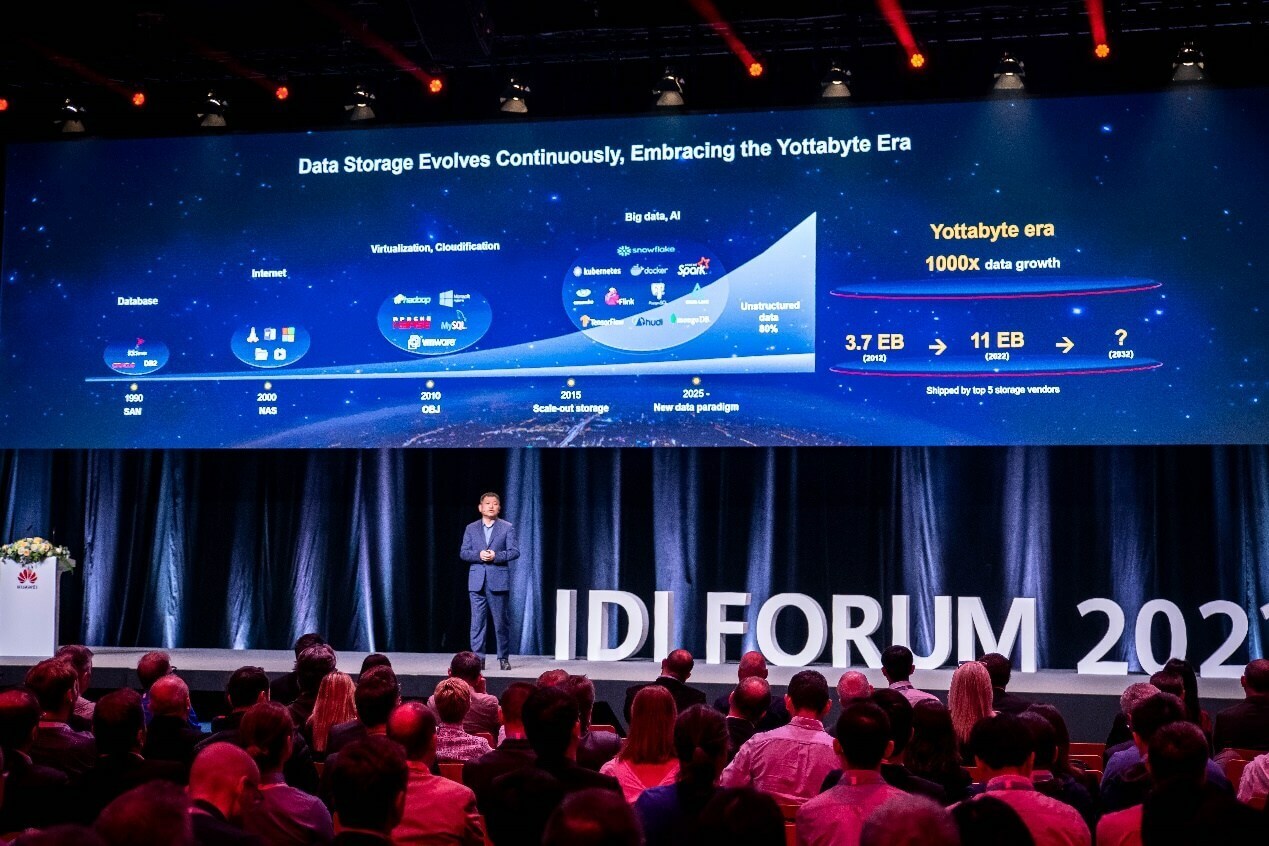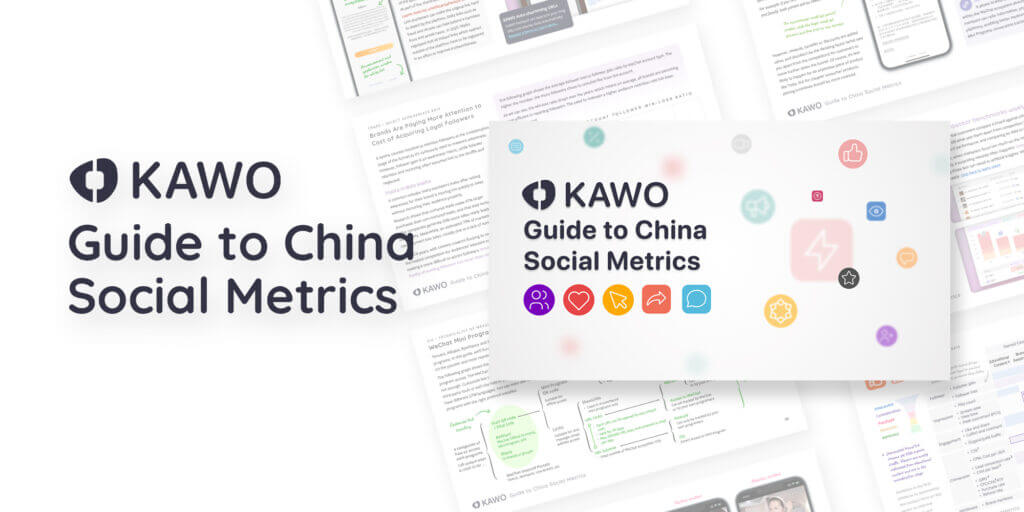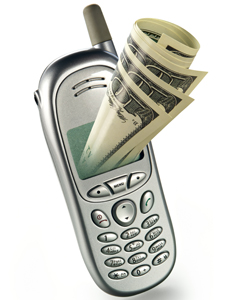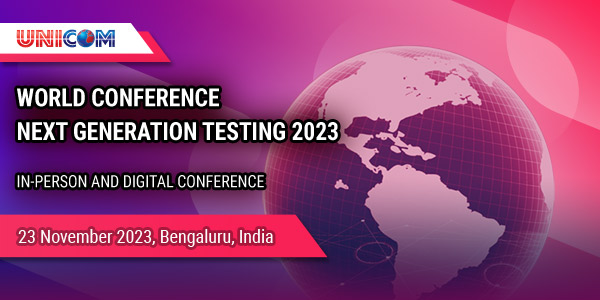- You are here:
-
Home

-
Asian e-Marketing

-
July 2010

- What Can be Learned from Mobile Payments Leader Japan
-

Strategic merger of three digital technology firms in Asia
Three prominent digital services companies in Asia – Digile Technologies, Reveron Consulting, and Innopia Global – have merged to create a digital services powerhouse with a formidable presence in the Asian region.
-

Challenges organizations face to be ready for a safe post quantum computing future
DigiCert released the results of a global study at its annual Trust Summit conference, exploring how organizations are addressing the post-quantum computing (PQC) threat and preparing for a safe post-quantum computing future.
-

Fastest web-based editor released for a new era of storytelling across streaming, broadcast, digital and social media
Dalet, a leading technology and service provider for media-rich organizations, announced the release of Dalet Cut, the cloud-native, real-time, lightning-fast multimedia and multiplatform editor fully integrated within the Dalet ecosystem.
-

How AI will change the way we work in Asia Pacific
Microsoft introduced Microsoft 365 Copilot earlier this year, which will bring powerful new generative AI capabilities to apps millions of people use every day like Microsoft Word, Excel, PowerPoint, Outlook, Microsoft Teams and more.
-

EdTech Intel: 6 Ways AI is Revolutionizing Online Learning
After years of steadily picking up steam, online learning is experiencing undeniable explosive growth. The market is racing toward $1 trillion, with the corporate e-learning space expected to skyrocket 250% in the coming years. As e-learning continues to expand beyond the walls of academia, another game-changing phenomenon is going mainstream in a big way: artificial intelligence (AI).
-

Yahoo integrated approach for advertising in a cookieless world
Yahoo Advertising announced a new integration with Twilio Segment Customer Data Platform (CDP) to drive greater advertising reach and relevance, without relying on third-party cookies.
-

Technology and digitalization are key for sustainable lifestyle, research revealed
More than two-thirds (71%) of consumers think technology and digitalization are key in enabling them to live a more sustainable lifestyle, while over a third (33%) desire apps to provide clearer information on how to live sustainably across various aspects of life, according to an independent research report commissioned by Alibaba Group.
-

Protecting Data in the Cloud
Organizations in Singapore are increasing their reliance on the cloud. Nearly nine in ten organizations in the country are using cloud services, with about 70% taking a hybrid cloud approach.
-

New Apps, New Data, and New Resilience: Huawei Proposes Ways of Evolving Storage in the Yottabyte Era
The Innovative Data Infrastructure Forum (IDI Forum) 2023, revolving around the theme of "New Apps ∙ New Data ∙ New Resilience," took place on May 23 in Munich, Germany. The Forum brings together global industry experts and partners to explore the future of digital infrastructure towards the yottabyte era (a yottabyte is equal to a quadrillion gigabytes).
-

Revealed: The most creatively effective digital & TV ads in Southeast Asia
The marketing data and analytics company, Kantar, revealed the winners of the 2023 Creative Effectiveness Awards in Southeast Asia, recognizing the most impactful ads of last year.
-

Microsoft Cyber Signals report highlights spike in cybercriminal activity around business email compromise
Microsoft has released its fourth edition of Cyber Signals, highlighting a surge in cybercriminal activity around business email compromise (BEC), the common tactics employed by BEC operators, and how enterprises can defend against these attacks.
-

5 Ways Earnest EQ Supercharges Marketing, Advertising, Branding & Comms Strategies
A 2023 Emotional Intelligence Market study citing “heavy growth” of $49.93 billion USD by 2027 exemplifies the extent to which mastering “EQ” versus IQ is taking brands to exciting new levels of success … and why not embracing EQ can result in extreme opportunity loss or, far worse, be an outright brand buster. This as today’s highly discriminating and demanding marketplace is seemingly rife with substitutable solutions. Whether the B2B or B2C sector, more often than not today’s consumers have alternate options—and they know it.
-

Outlook of generative AI for the enterprise market is exciting but lacks a clear corporate strategy
The democratization and acceleration of generative Artificial Intelligence (AI) originated in the business-to-consumer (B2C) market with the release of popular applications like ChatGPT and Stable Diffusion. But the B2C market will barely scratch the surface of generative AI’s potential economic value.
-

Pirate streaming and torrent sites provide real cybersecurity harms for Philippine consumers
Asia Video Industry Association (AVIA), with Dr Paul Watters of Cyberstronomy, have released a new report, Consumer Risks from Piracy in the Philippines, that once again highlights the possible dangers Filipino consumers face when accessing pirate sites.





















 Within industry experts’ persistent predictions about the imminent advent of mobile near-field communication (NFC) contactless payments, the Japanese market is frequently cited as proof that such payments have a future.
Within industry experts’ persistent predictions about the imminent advent of mobile near-field communication (NFC) contactless payments, the Japanese market is frequently cited as proof that such payments have a future.



































